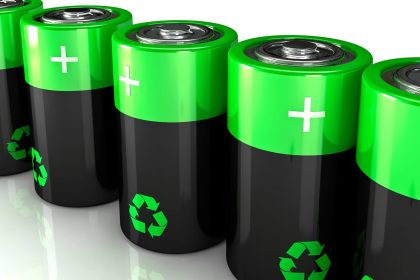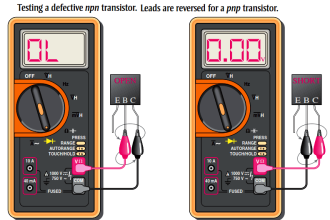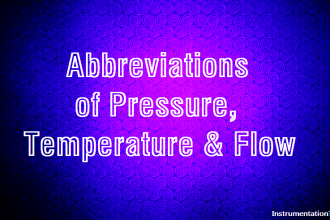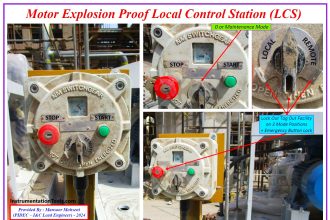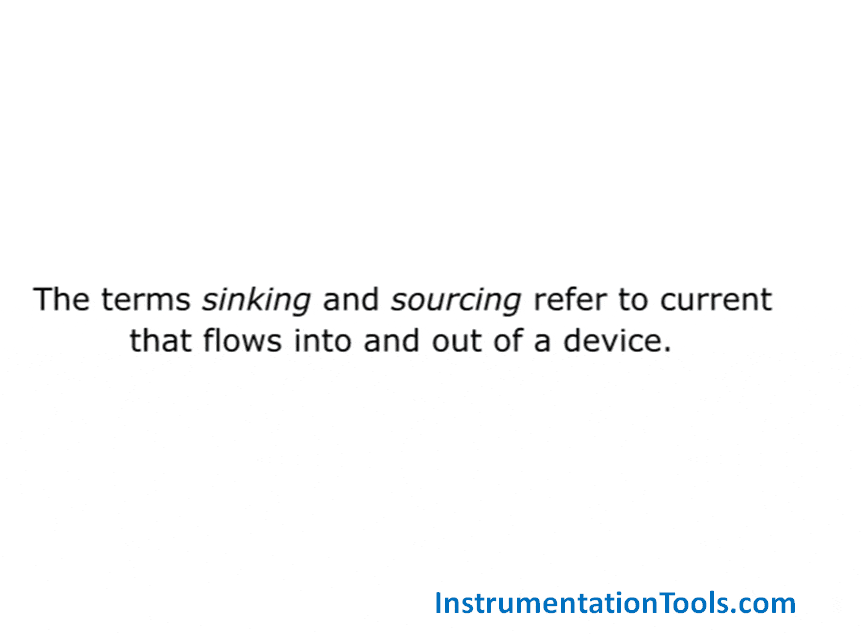Air Insulated Substation (AIS) or Outdoor Substations have all switchgear equipment, busbars and other switchyard equipment installed outside open to atmosphere. In earlier days for any voltage ratings AIS or outdoor substation is employed.
Indoor Substation type is only employed in places where high pollution or saline environment exists. Indoor substations are of two types
- Substation with conventional switchgear equipment enclosed in big building. Size of switchyard is similar to AIS Substation.
- Substation with SF6 enclosed modules (Gas Insulated Substation) in building which takes about 10% of the total AIS substation space
Because of excellent properties of SF6 gas such as high dielectric strength, high electronegativity, for EHV substations more than 230kV now a days Indoor Gas Insulated Substations (GIS) are employed in place of AIS substations. However the cost of GIS indoor substation is higher compared to AIS substation but it has some benefits which includes high reliability, less space requirement and less maintenance. Some of the advantages and disadvantages of outdoor switchyard is discussed below.
Advantages of Outdoor Substation (AIS):
- This type of substation arrangement is best suited for low voltage rating substations (step down substations) and for those substations where there is ample amount of space available for commissioning the equipment of the substation
- The construction work required is comparatively less to indoor switch yard and the cost of switchgear installation is also low
- In future the extension of the substation installation is easier
- The time required for the erection of air insulated substation is less compared to indoor substation
- All the equipment in AIS switch yard is within view and therefore the fault location is easier and related repairing work is also easy
- There is practically no danger of the fault which appears at one point being propagated to another point for the substation installation because the equipment of the adjoining connections can be spaced liberally without any appreciable increase in the cost
Disadvantages of Air Insulated Substation (AIS):
- More space is required for outdoor substation when compared to indoor gas insulated substation (GIS)
- Outdoor switch yards are more vulnerable to faults as it is located in outside atmosphere which has some influence from pollution, saline environment and other environmental factors. Deposition of saline particles on insulators can cause insulator failures. They are also vulnerable to direct lightning strikes and other external events such as heavy winds, rains and cyclones. Therefore reliability wise air insulated substation or outdoor substations are relatively low compared to indoor substation
- Regular maintenance is required compared to indoor substations (Maintenance for Gas Insulated Substation is very minimal and reliability is very high) as they are exposed to outside environment

